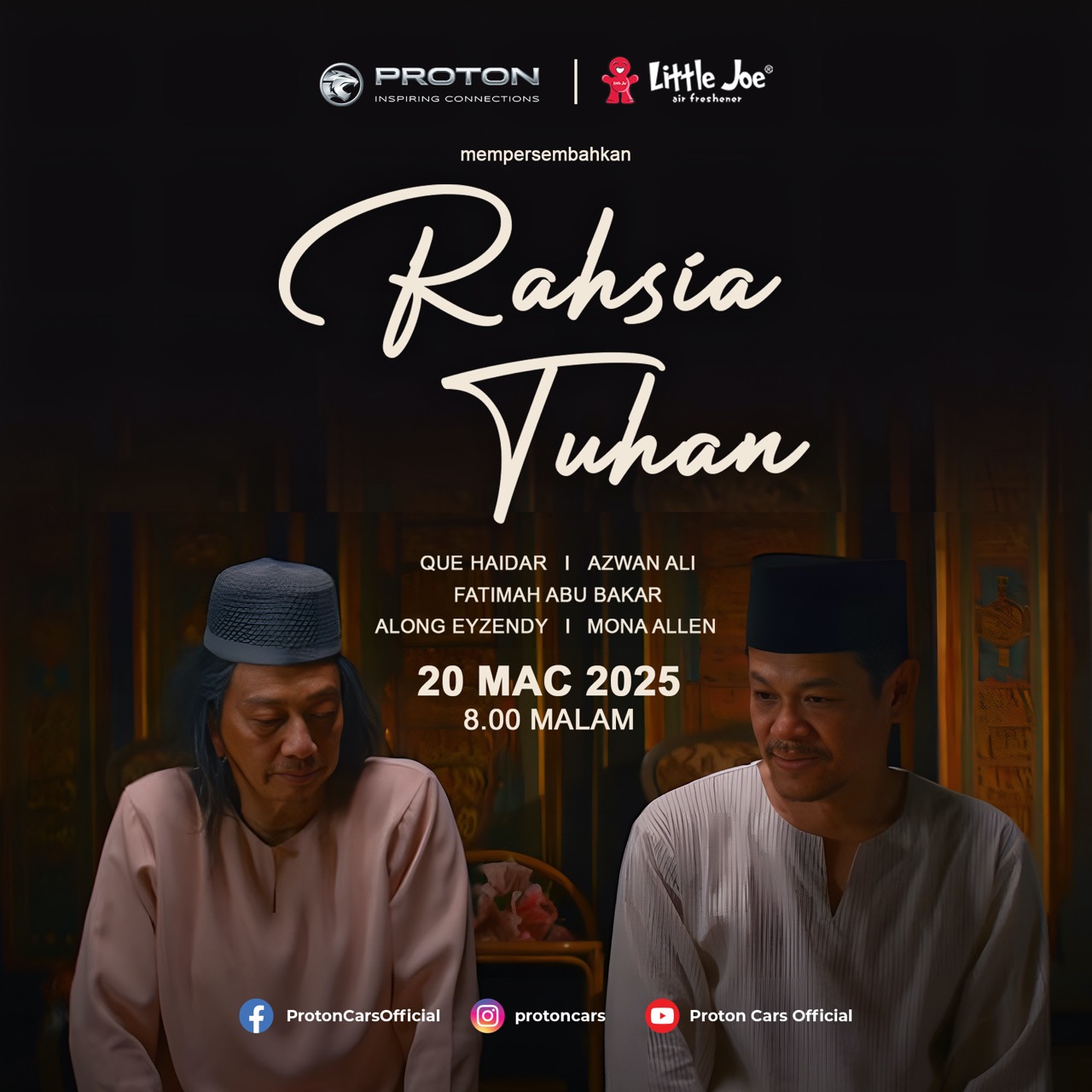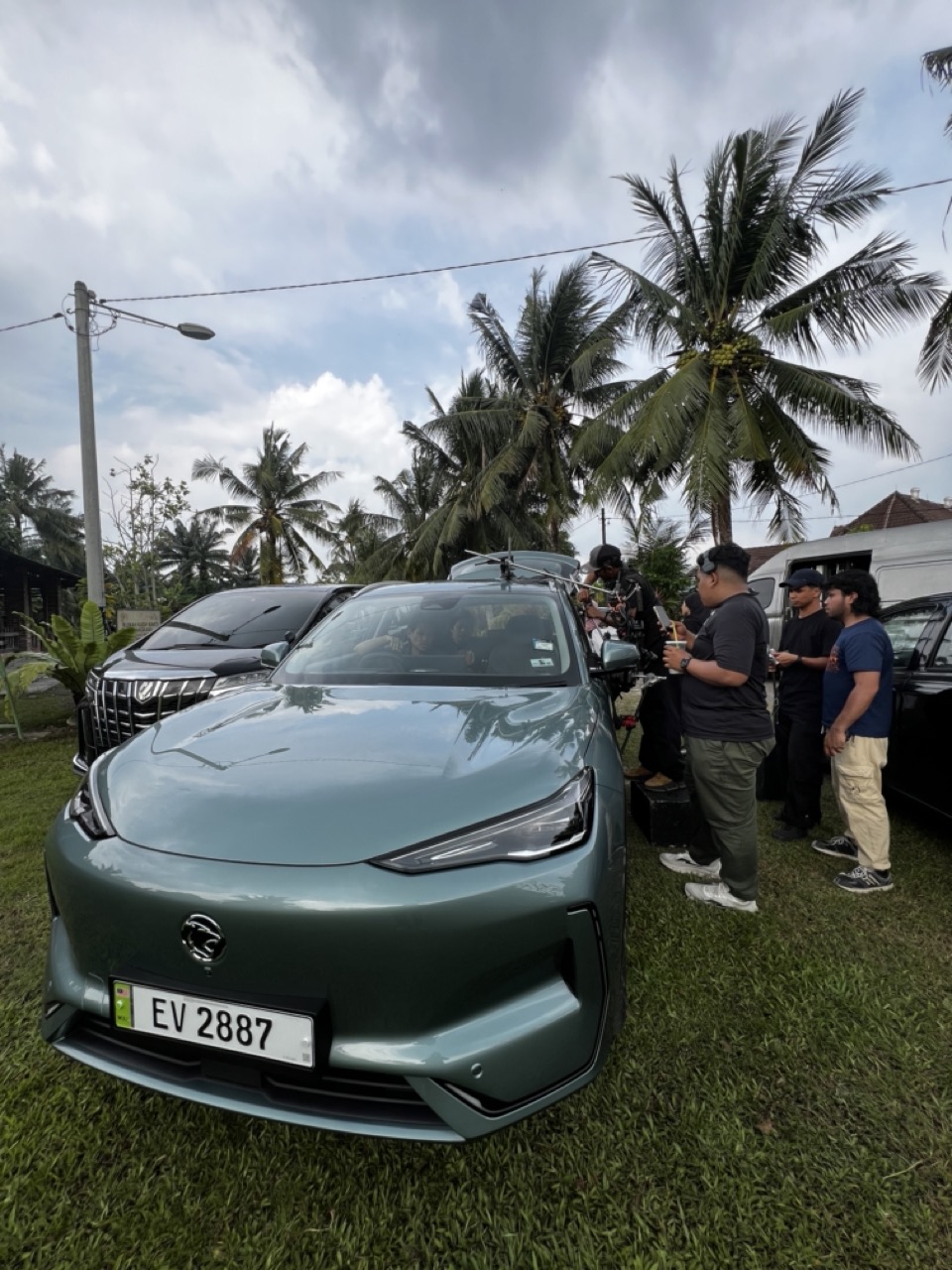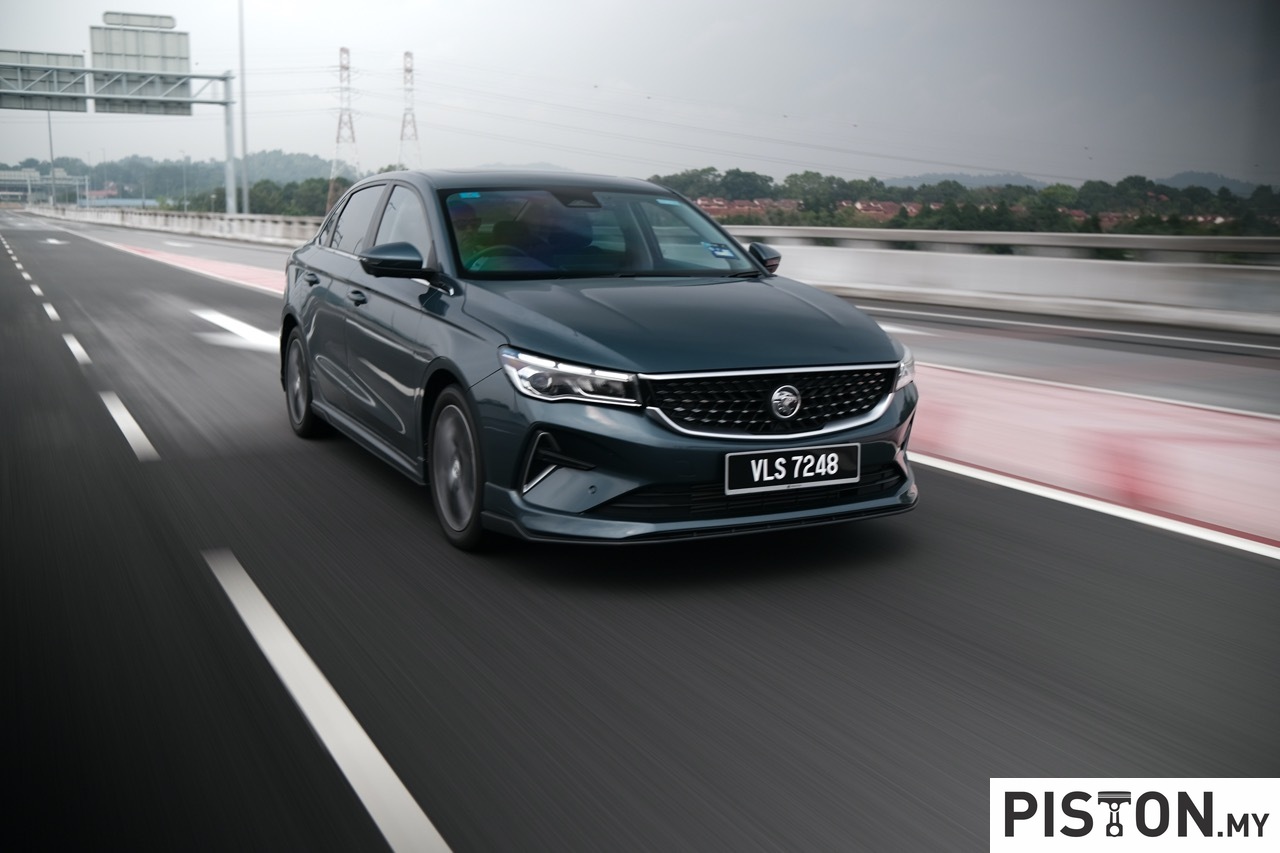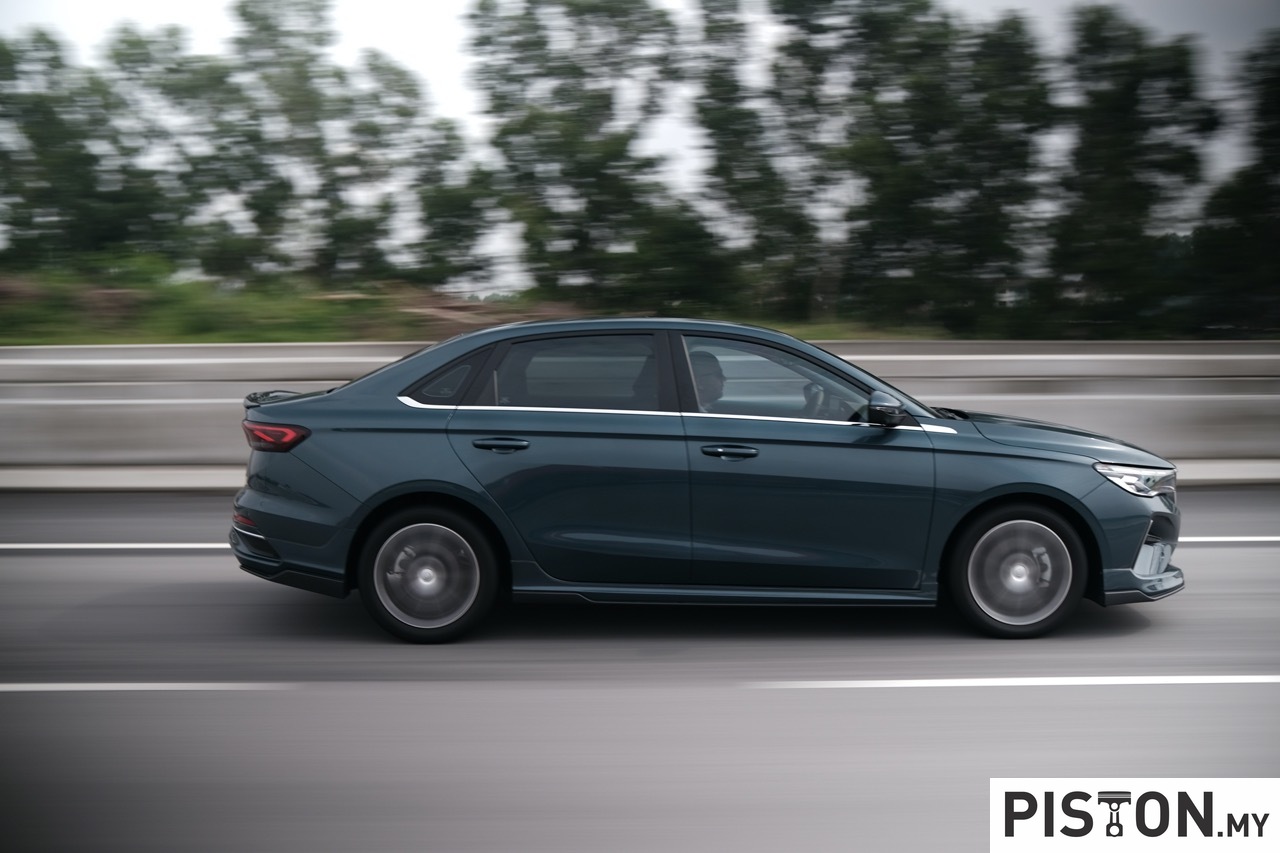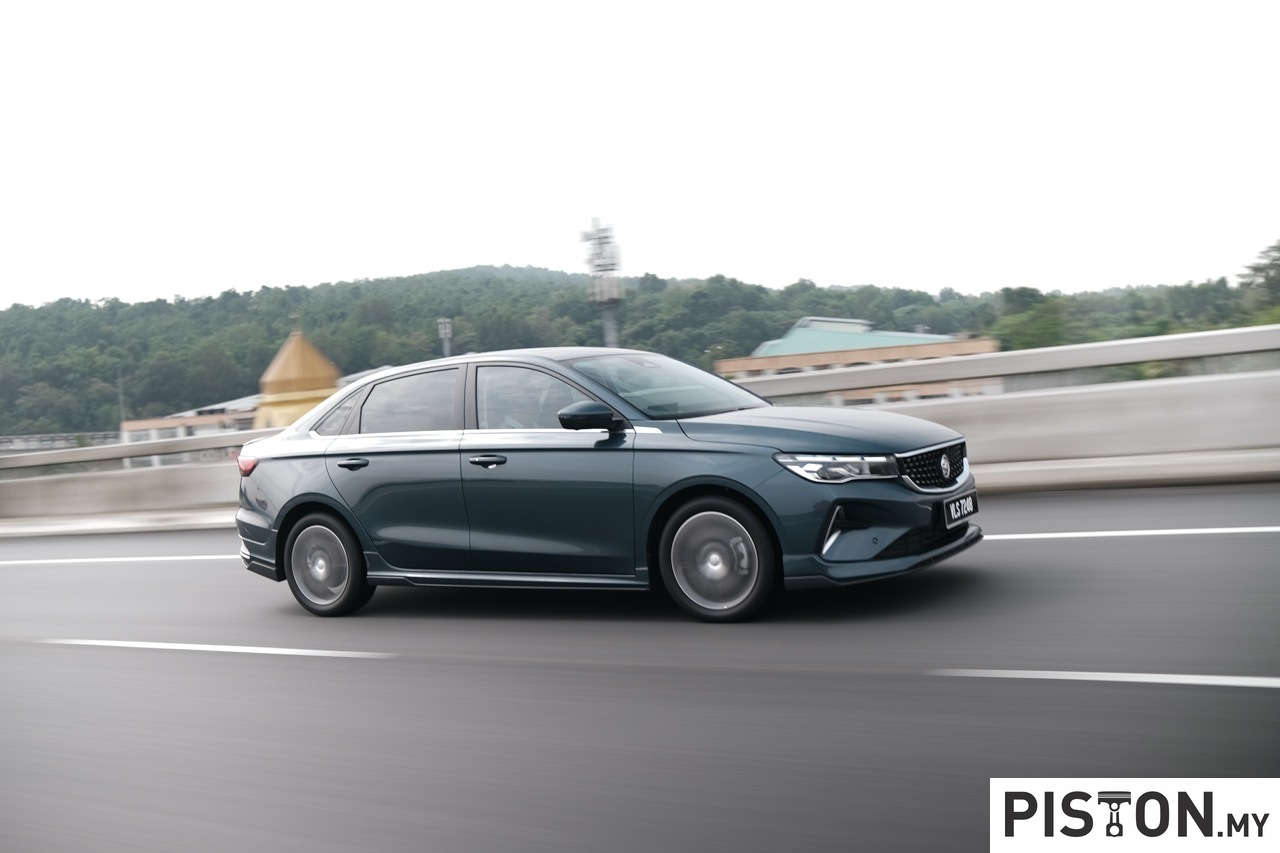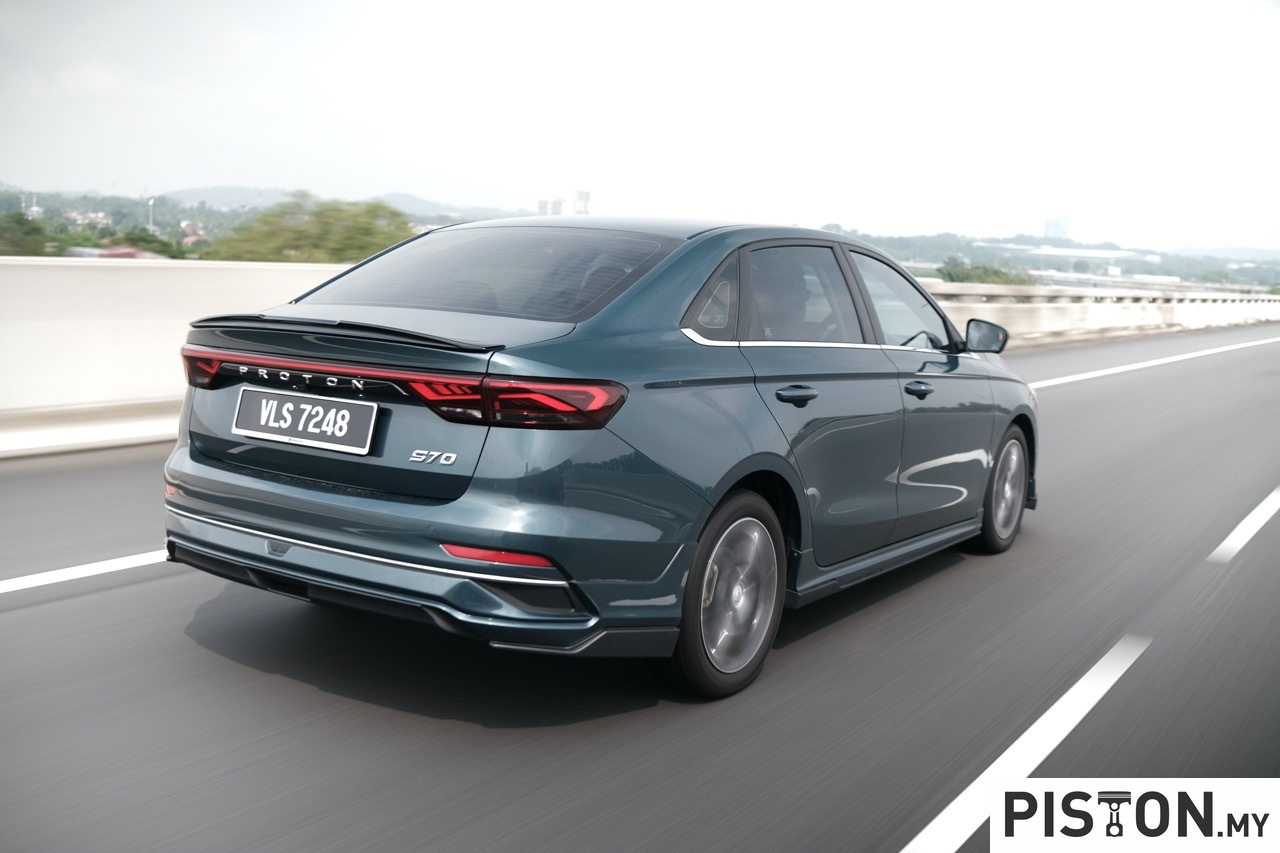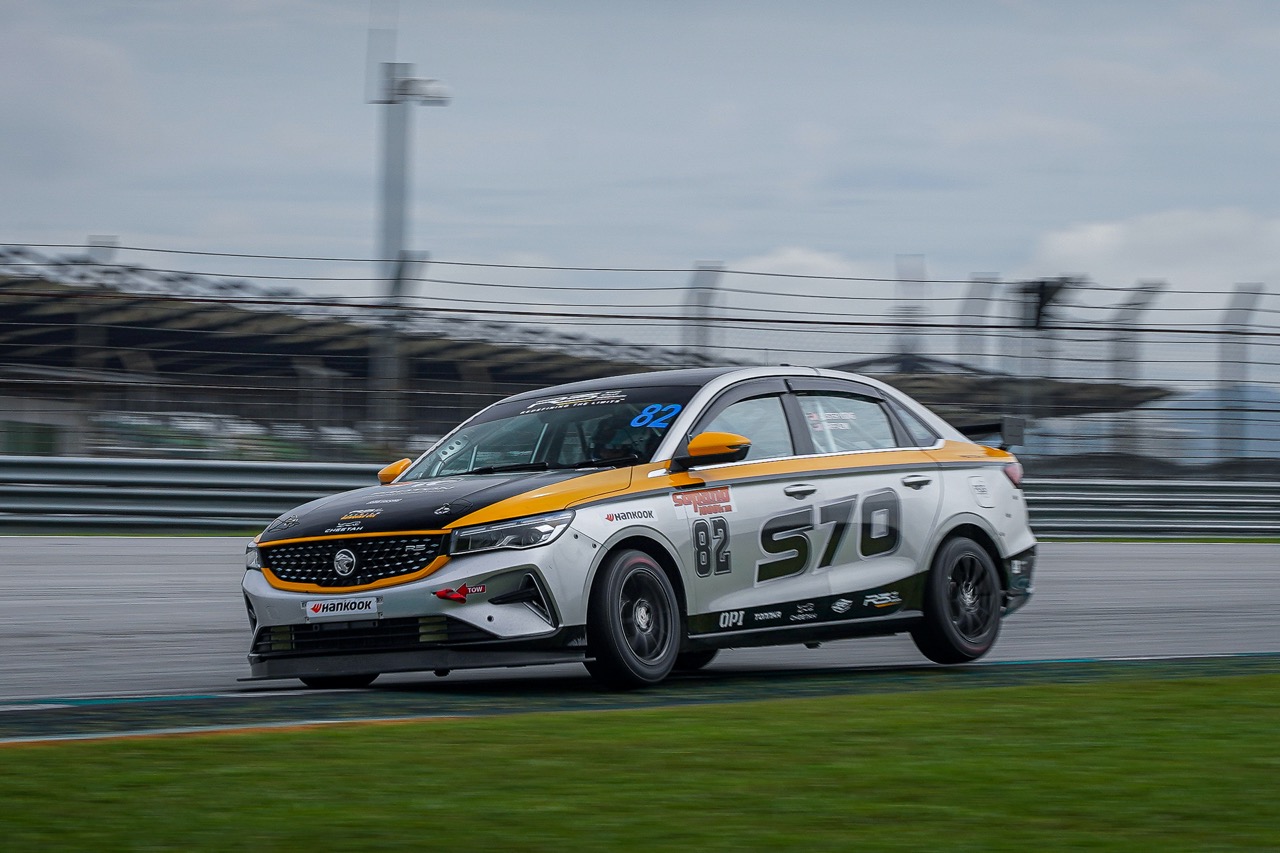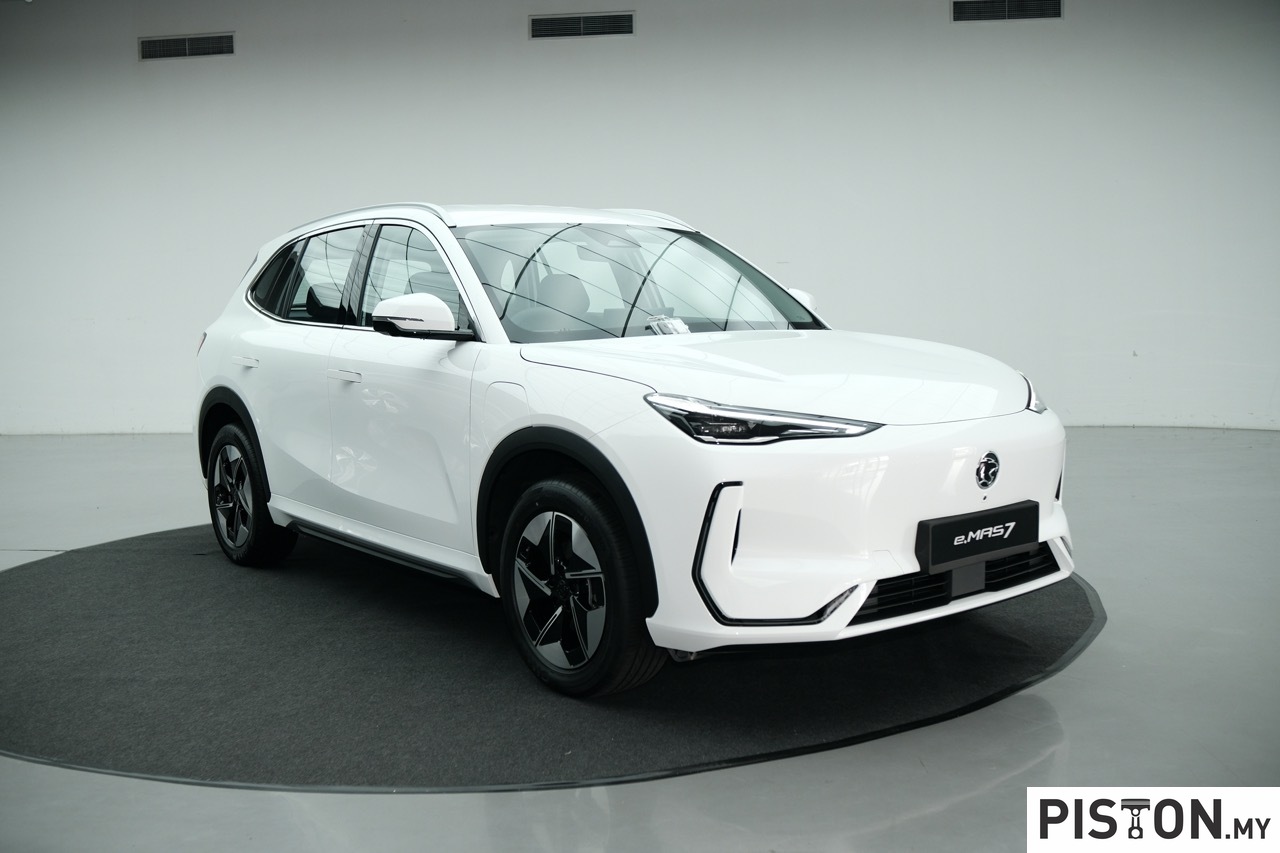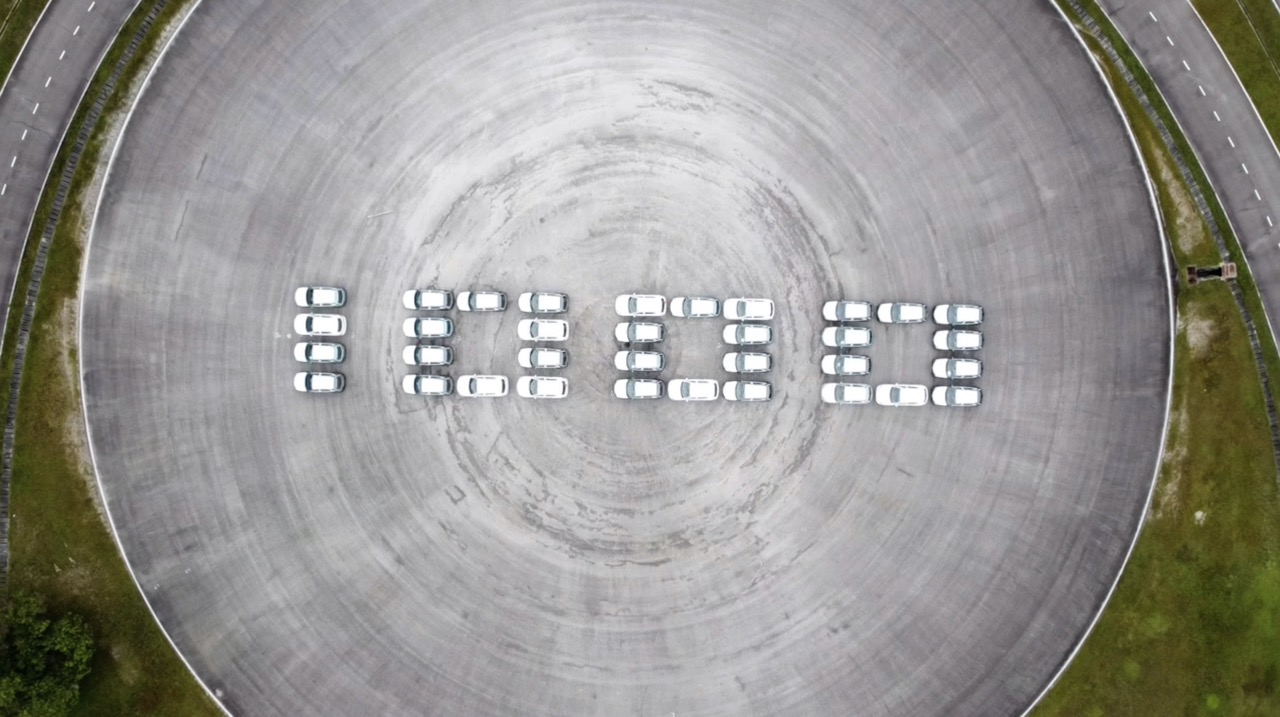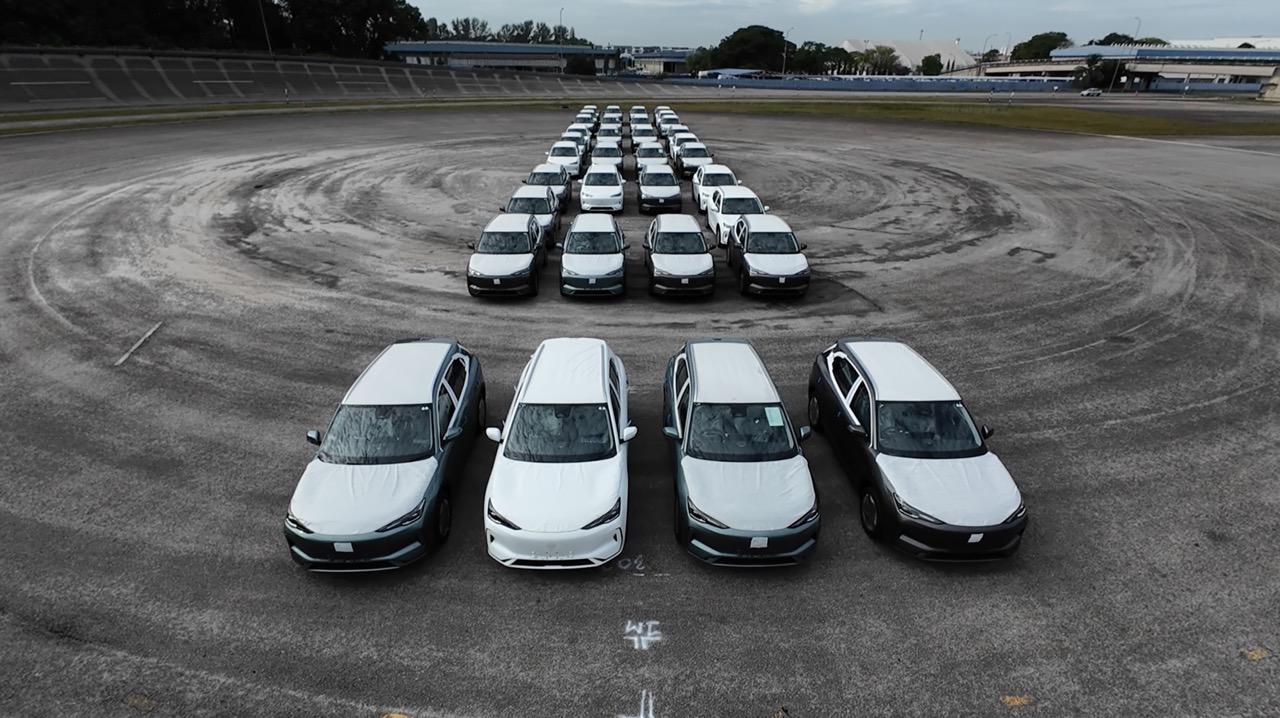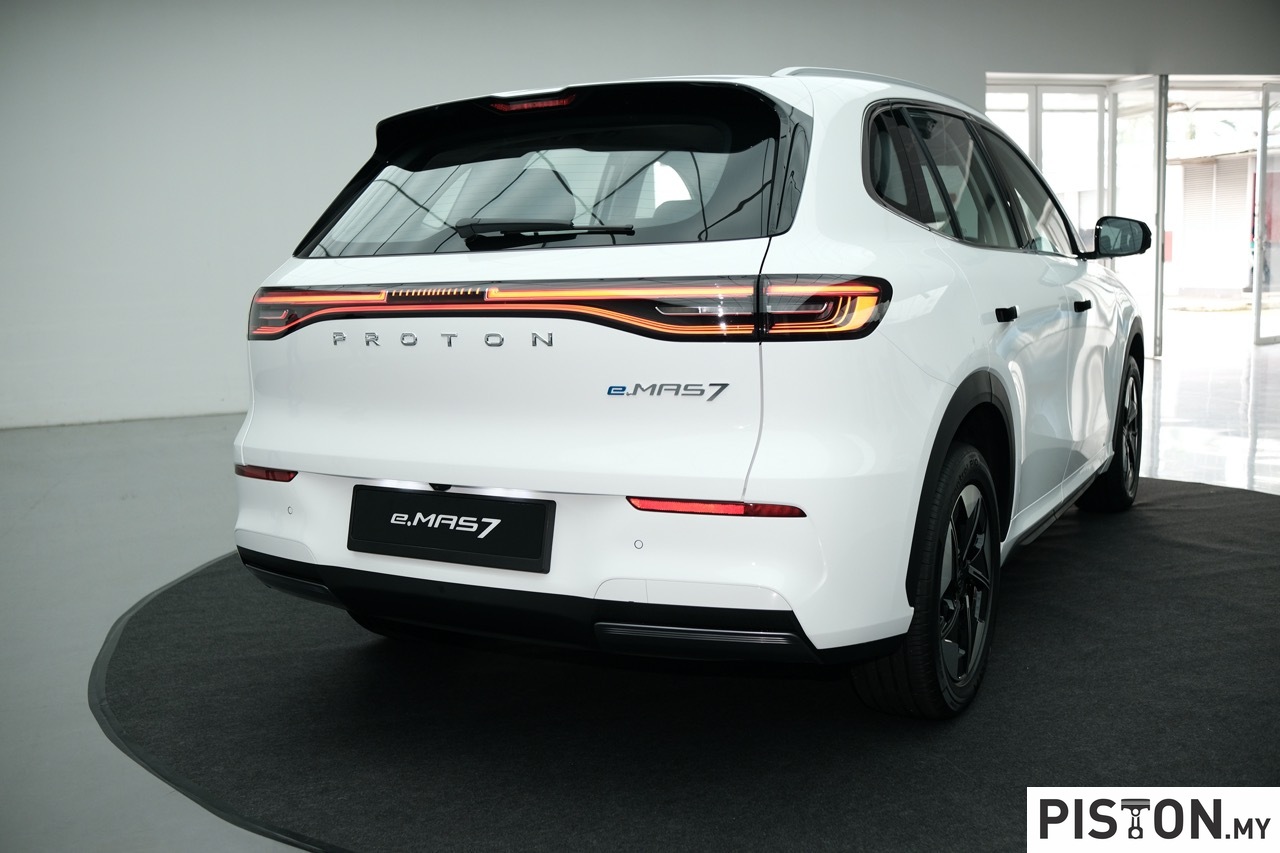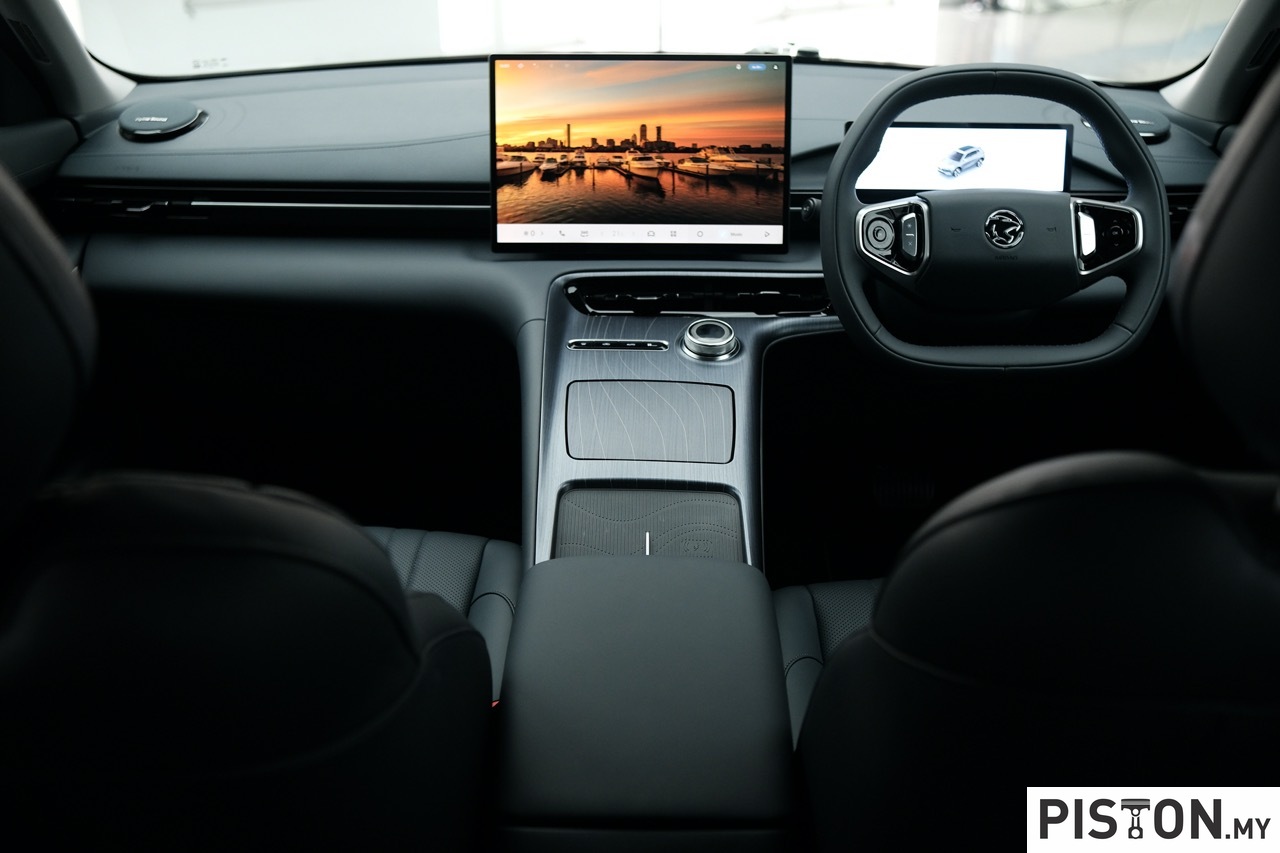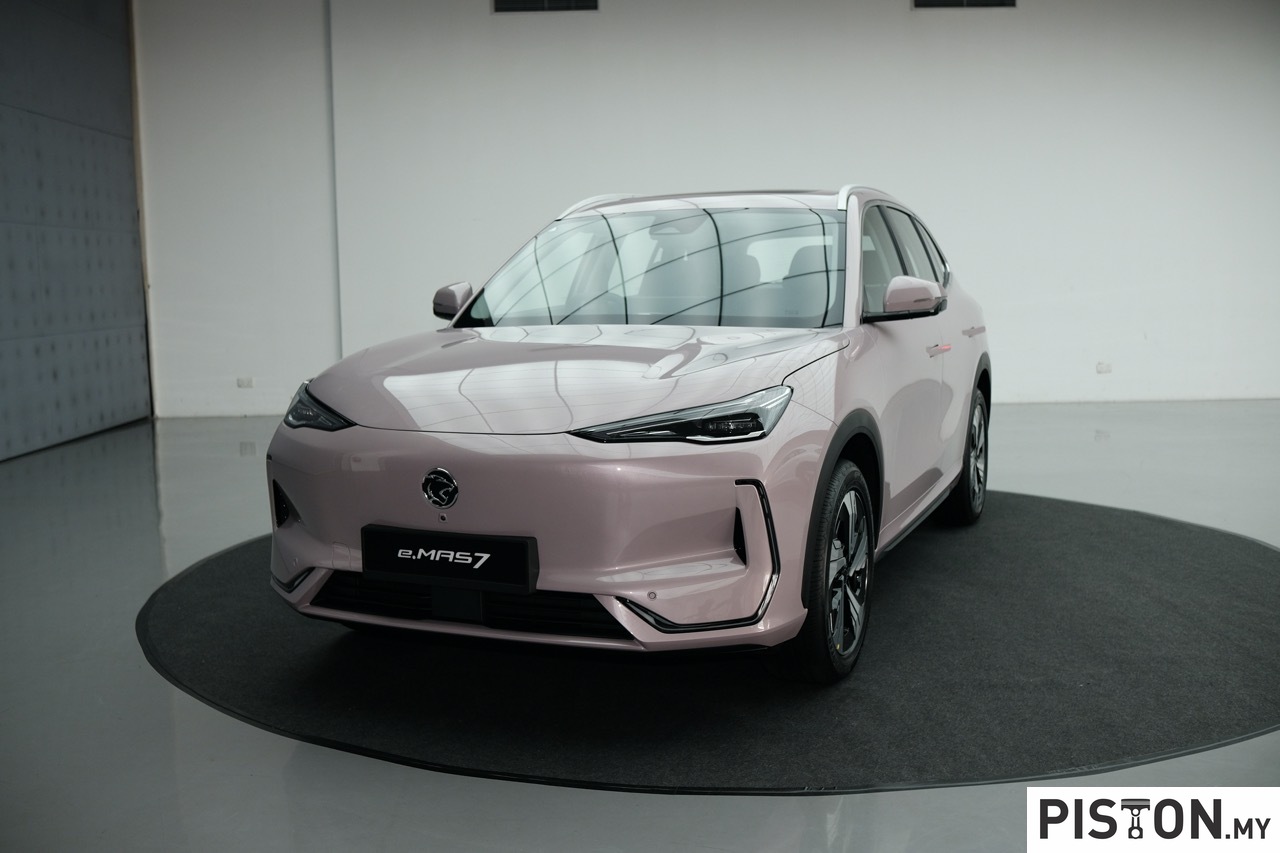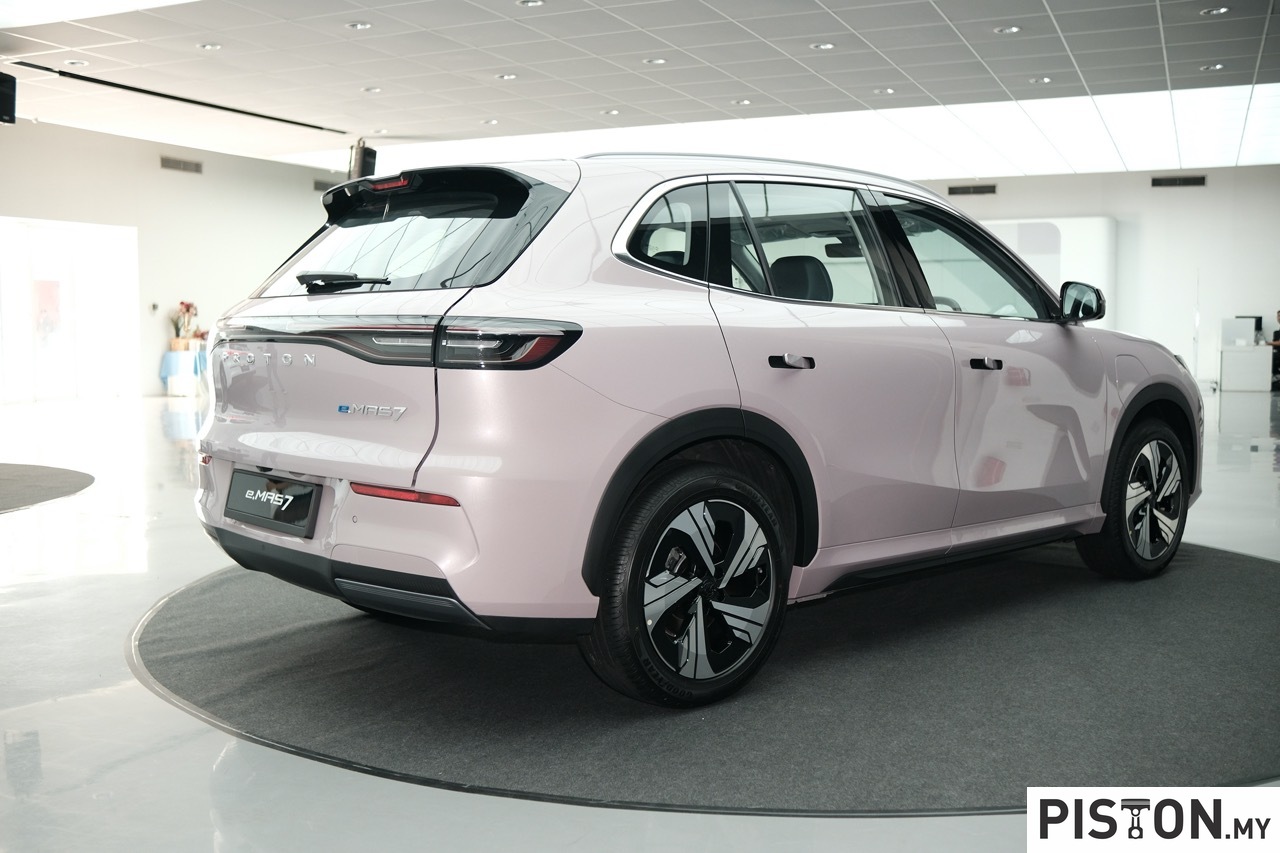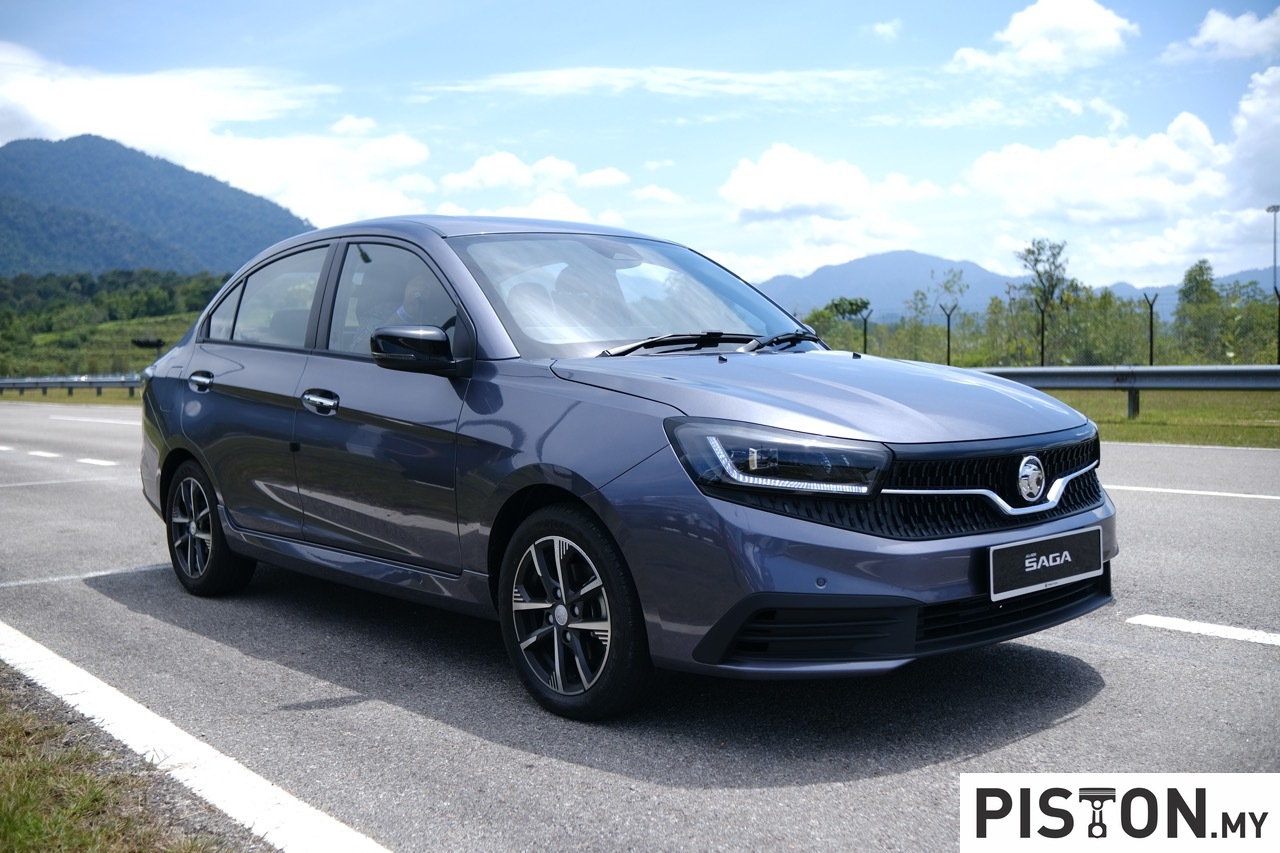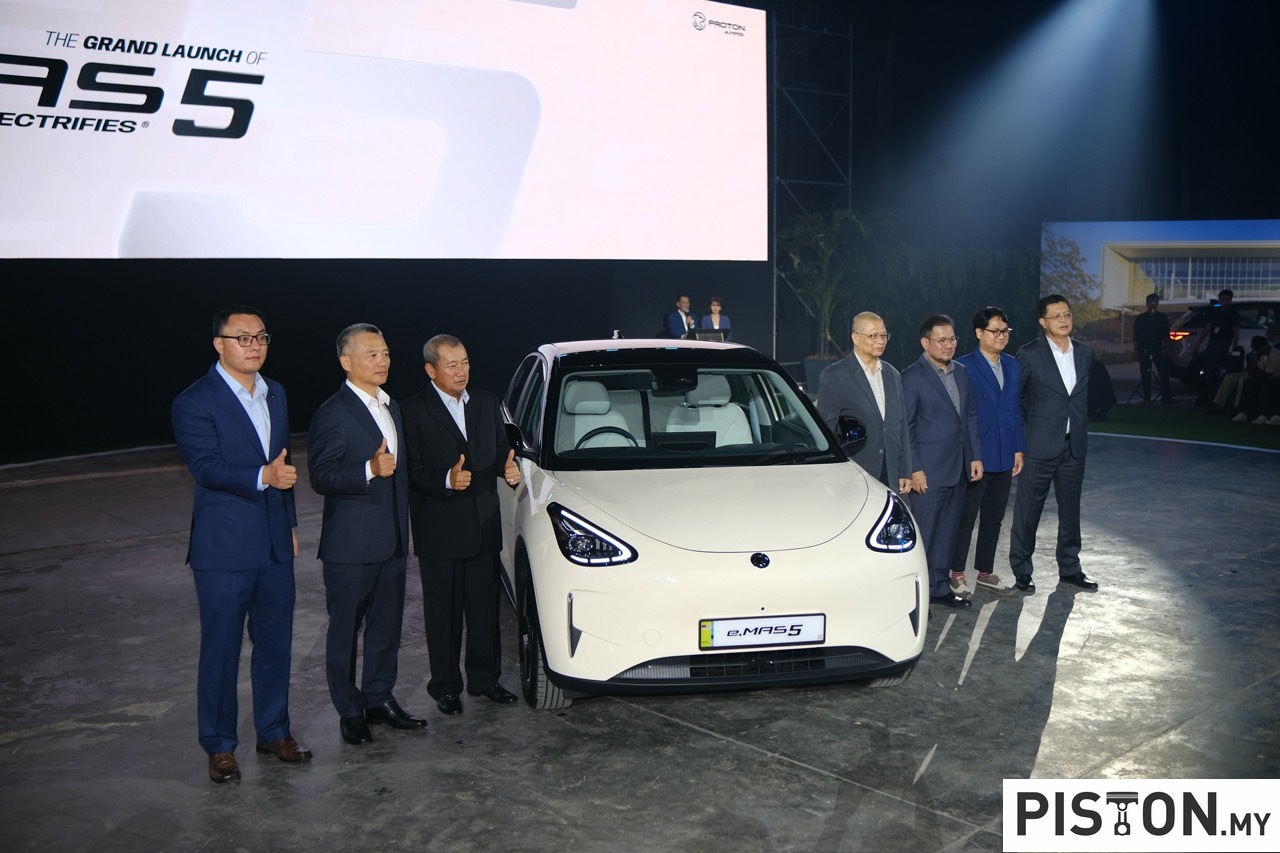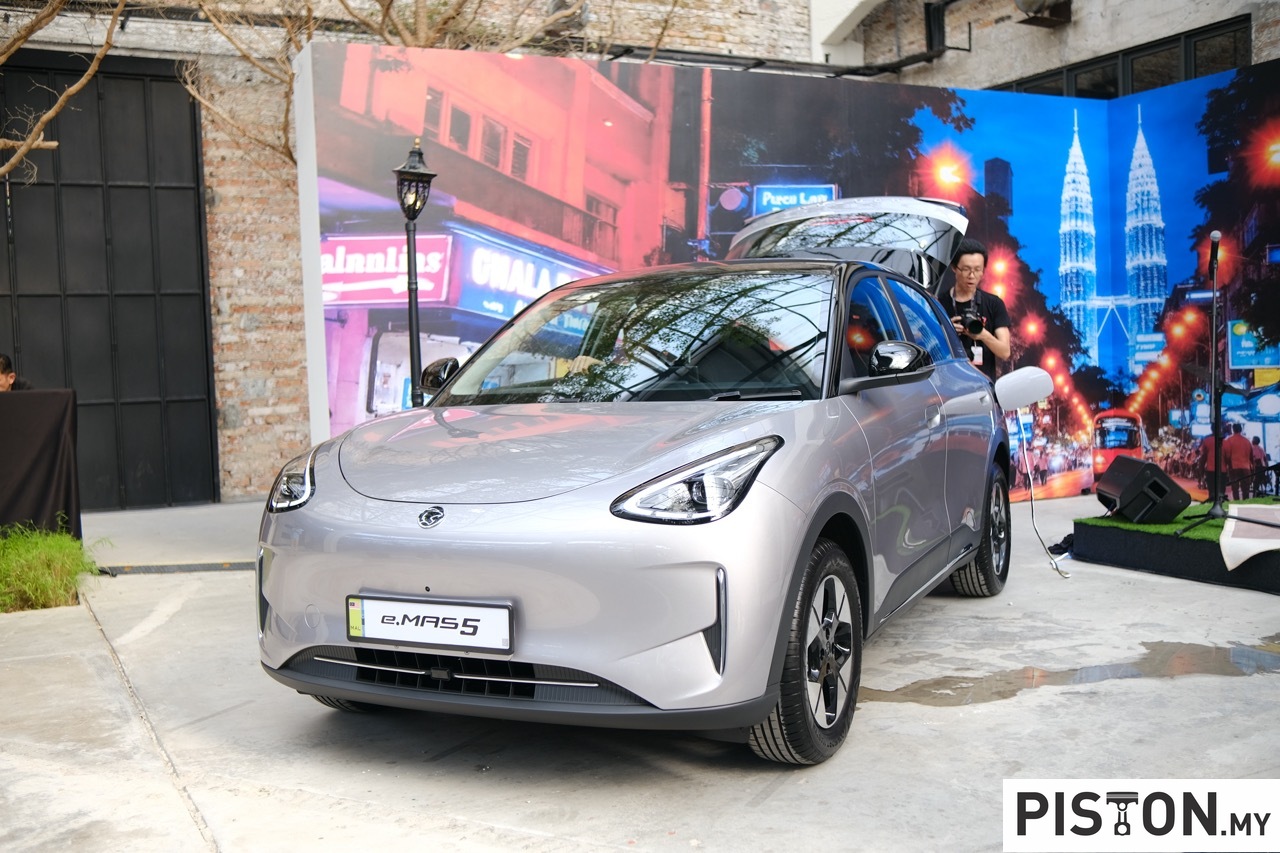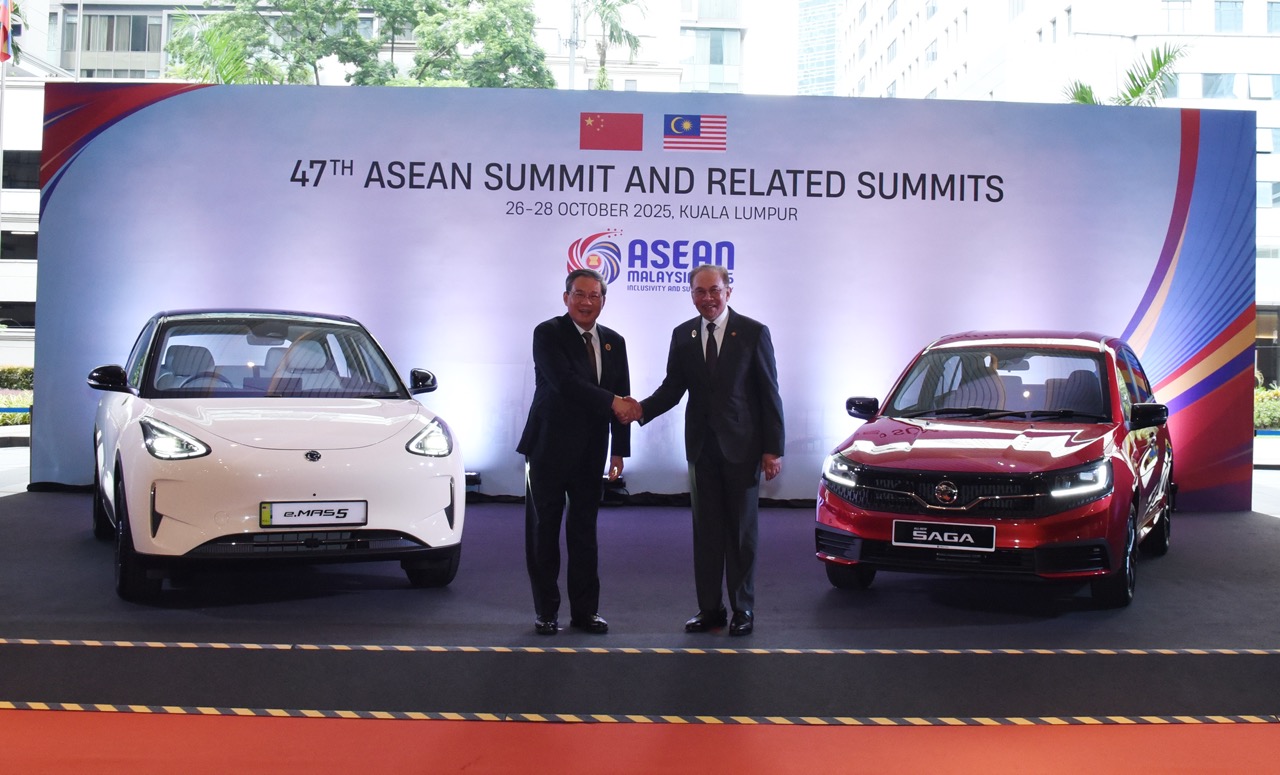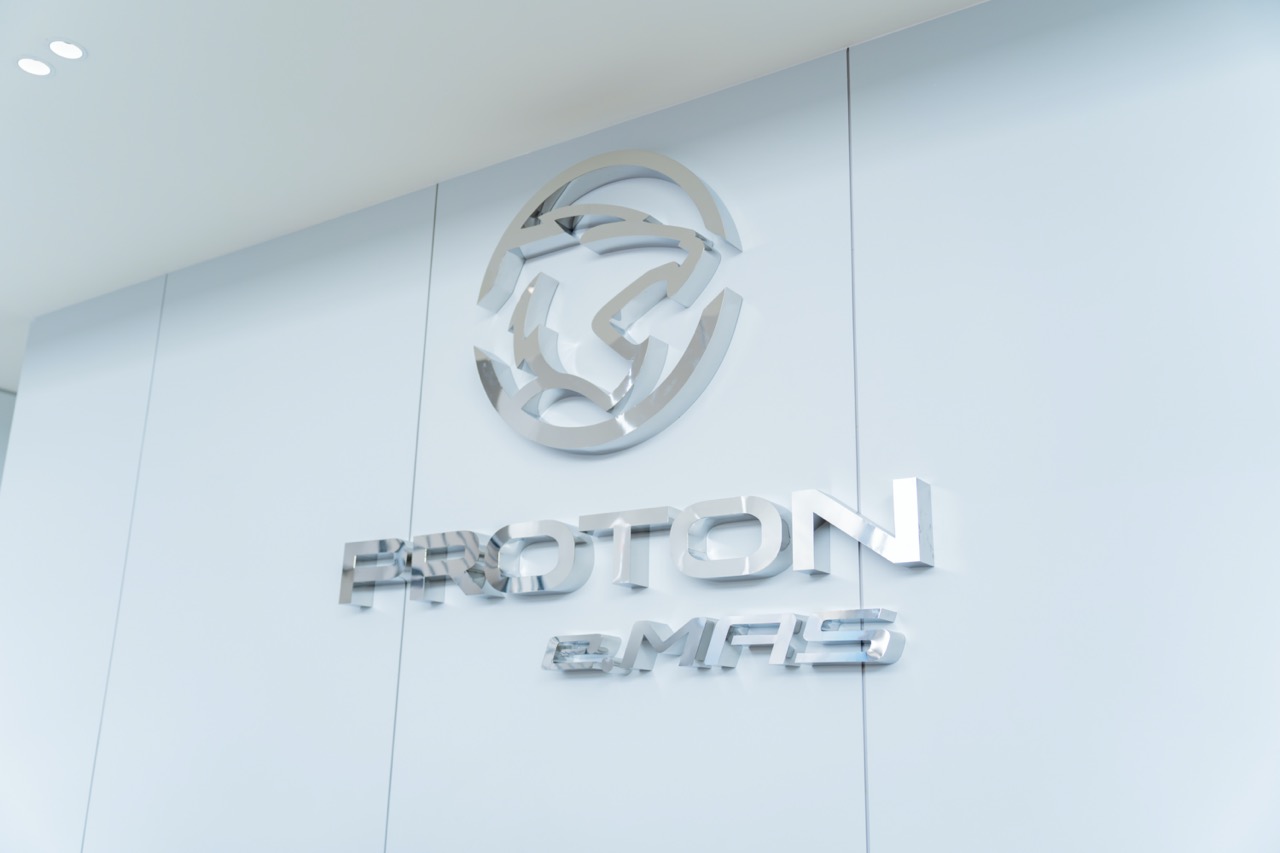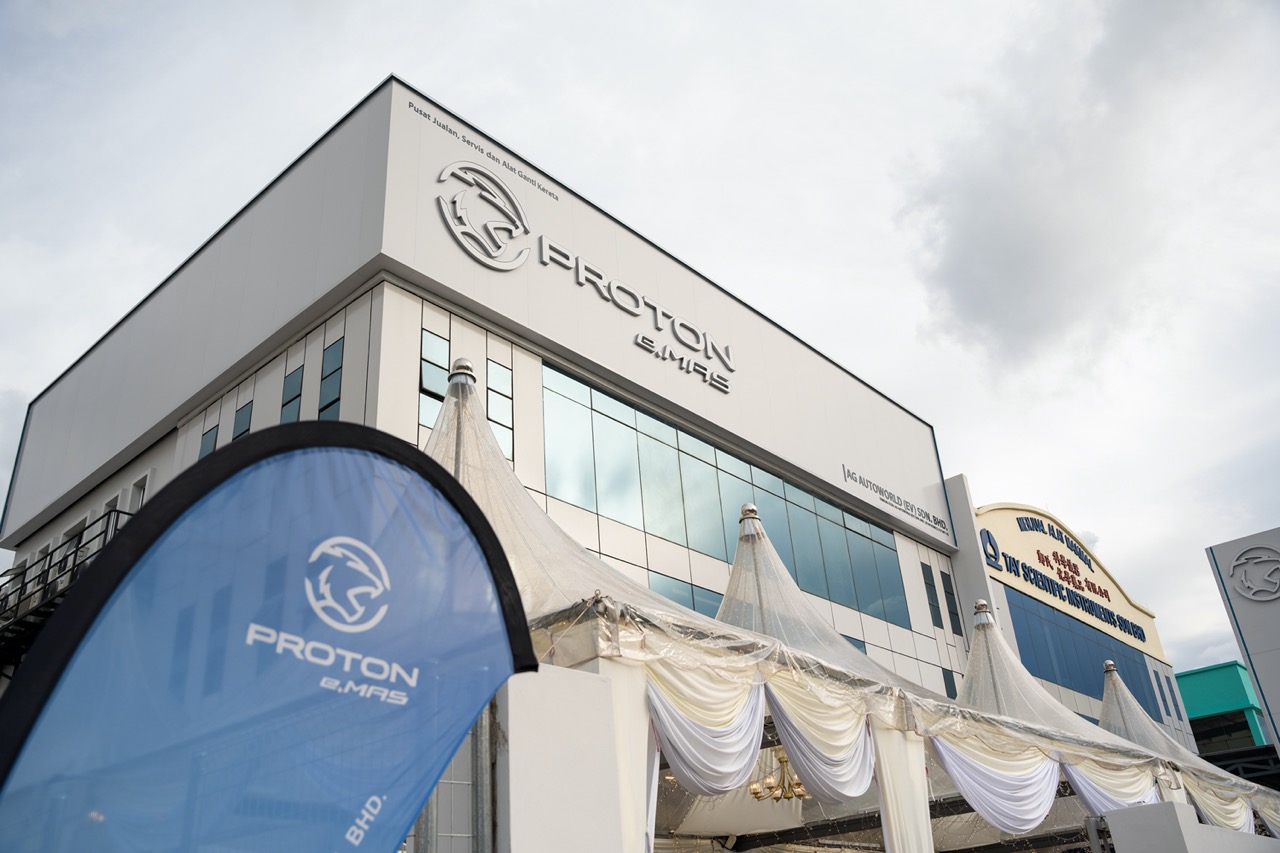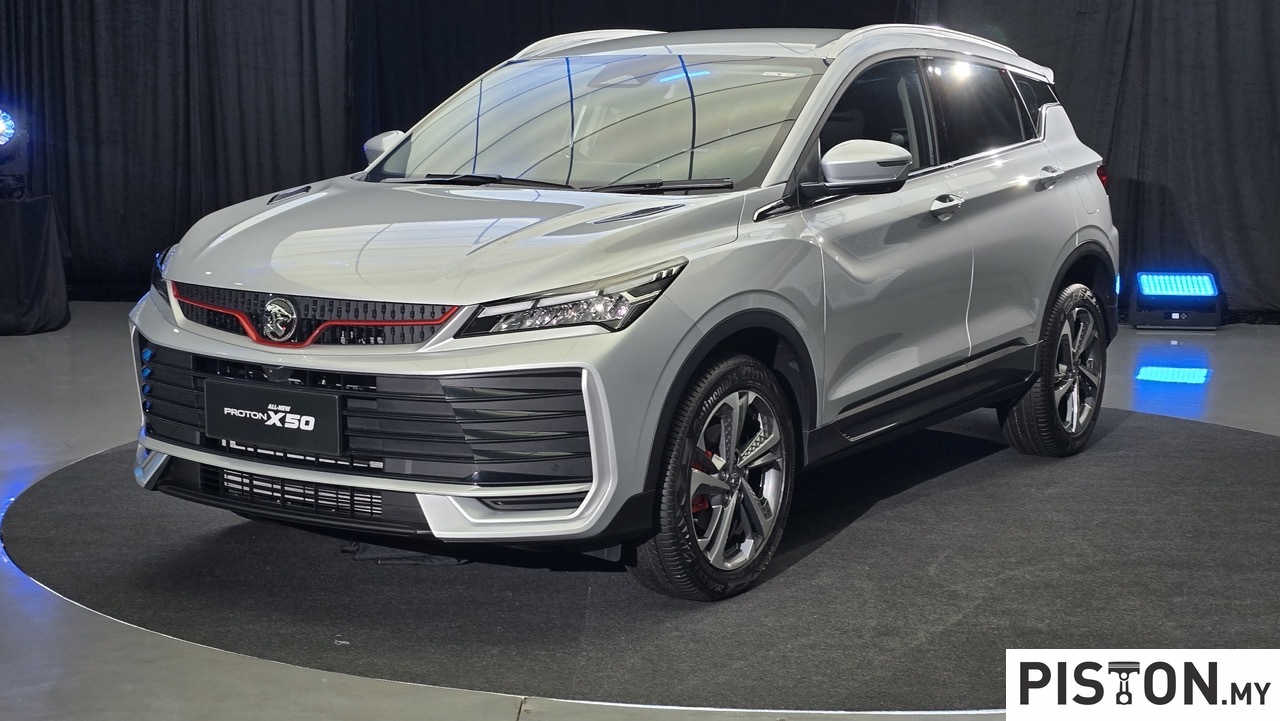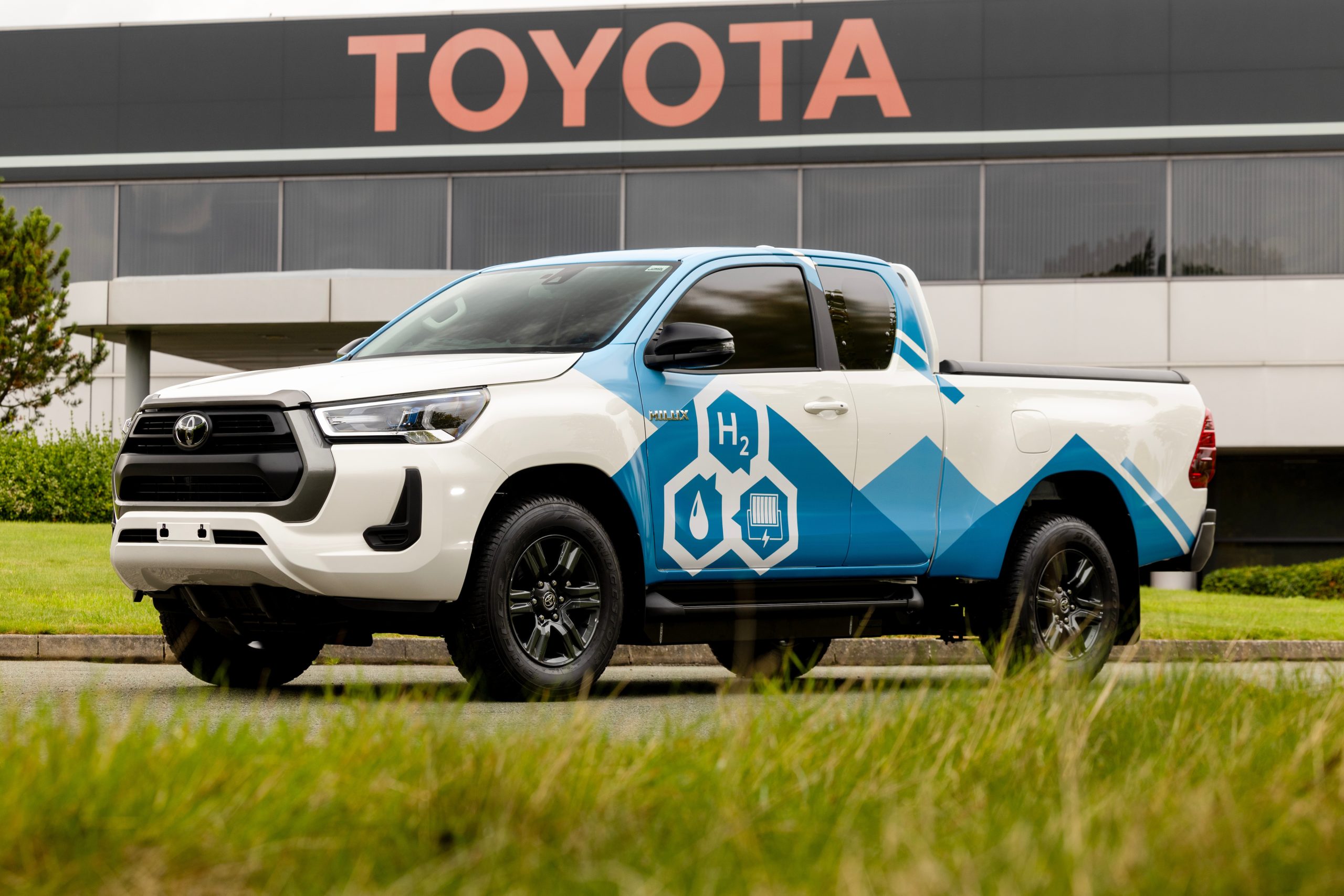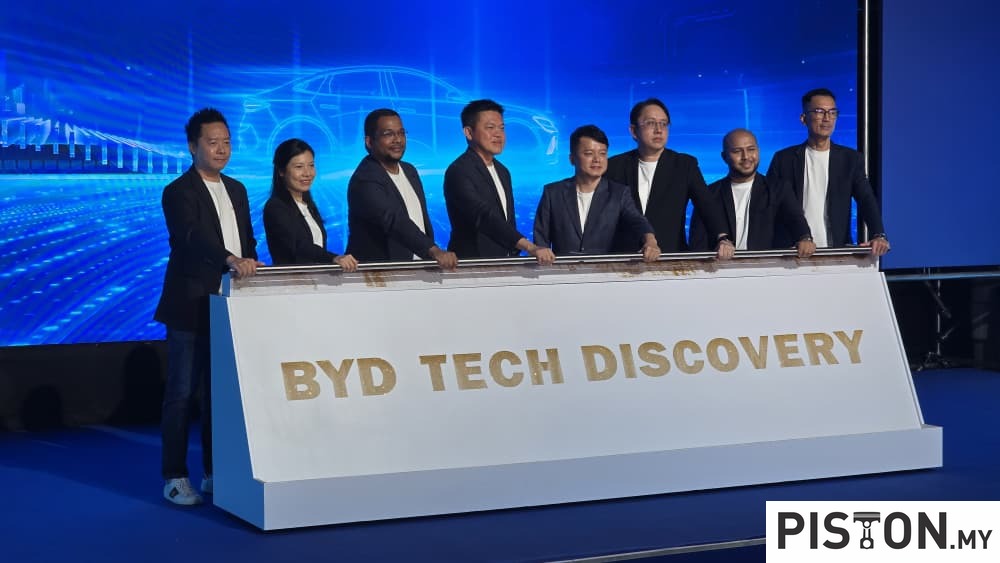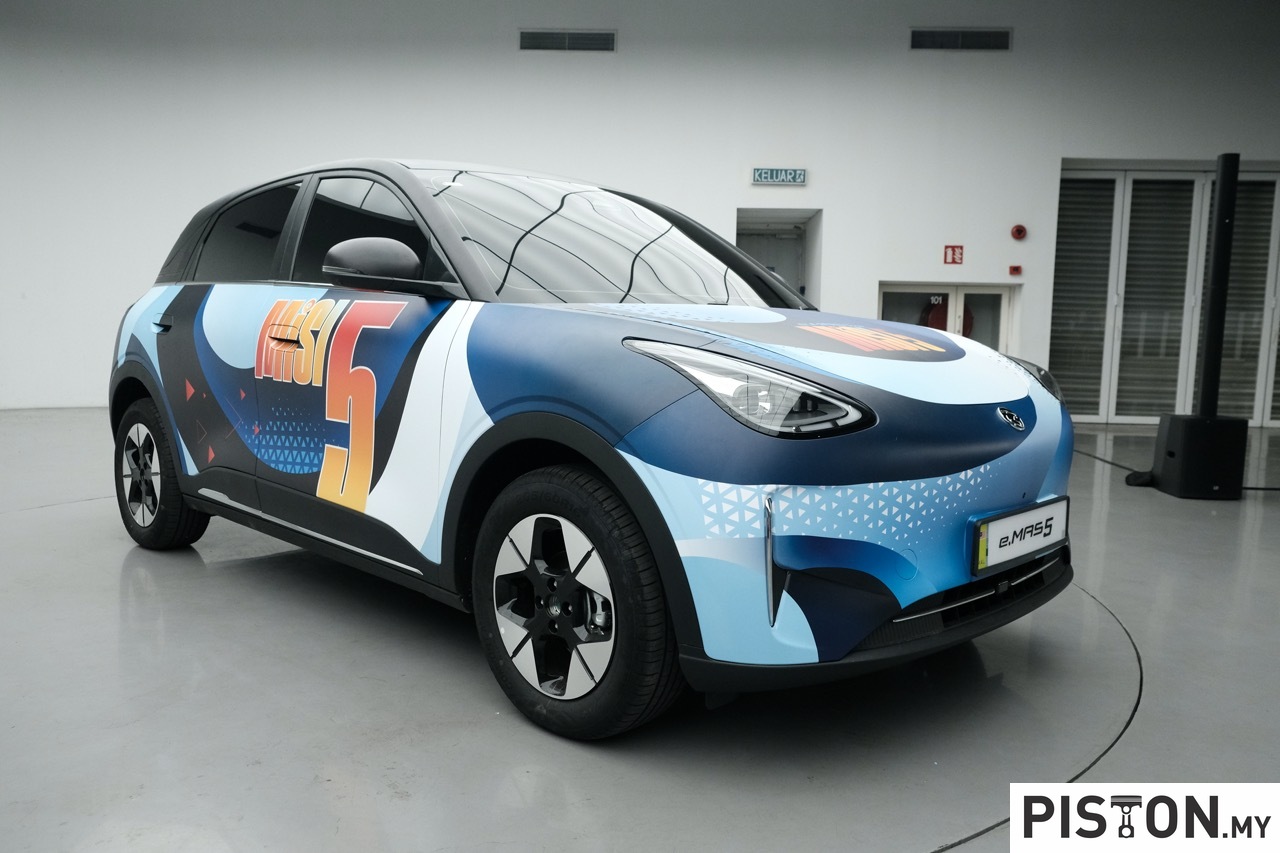Proton mencatatkan peningkatan jualan kumpulan produk sebanyak 13.2% pada bulan Februari 2025, hasil daripada pemulihan pasaran kereta selepas permulaan tahun yang lembap. Sebanyak 11,232 unit telah dijual pada bulan Februari melalui pelbagai unit perniagaan (domestik, eksport, smart, Proton e.MAS), menghasilkan anggaran bahagian pasaran sebanyak 17.2% daripada ramalan jumlah volum industri (TIV) sebanyak 65,276 unit.
Jualan YTD dipimpin oleh tiga model Proton, sementara pemasangan Saga CKD bermula di Mesir
Walaupun sedang berusaha untuk mengukuhkan kedudukan di pasaran EV, Proton terus memberi tumpuan kepada penyediaan produk terbaik untuk pelanggan ICE. Dalam tempoh dua bulan pertama tahun ini, tiga model Proton mendahului segmen masing-masing untuk jualan tahun hingga kini (YTD).
Proton S70 kekal sebagai sedan segmen-C terlaris di Malaysia, menawarkan gabungan prestasi, ruang, sambungan, dan nilai dalam reka bentuk luaran yang menarik yang telah membantunya memenangi pelbagai anugerah. Oleh itu, ia telah mendahului jualan segmen selama dua bulan berturut-turut, dengan 2,340 unit yang dijual pada tahun 2025.
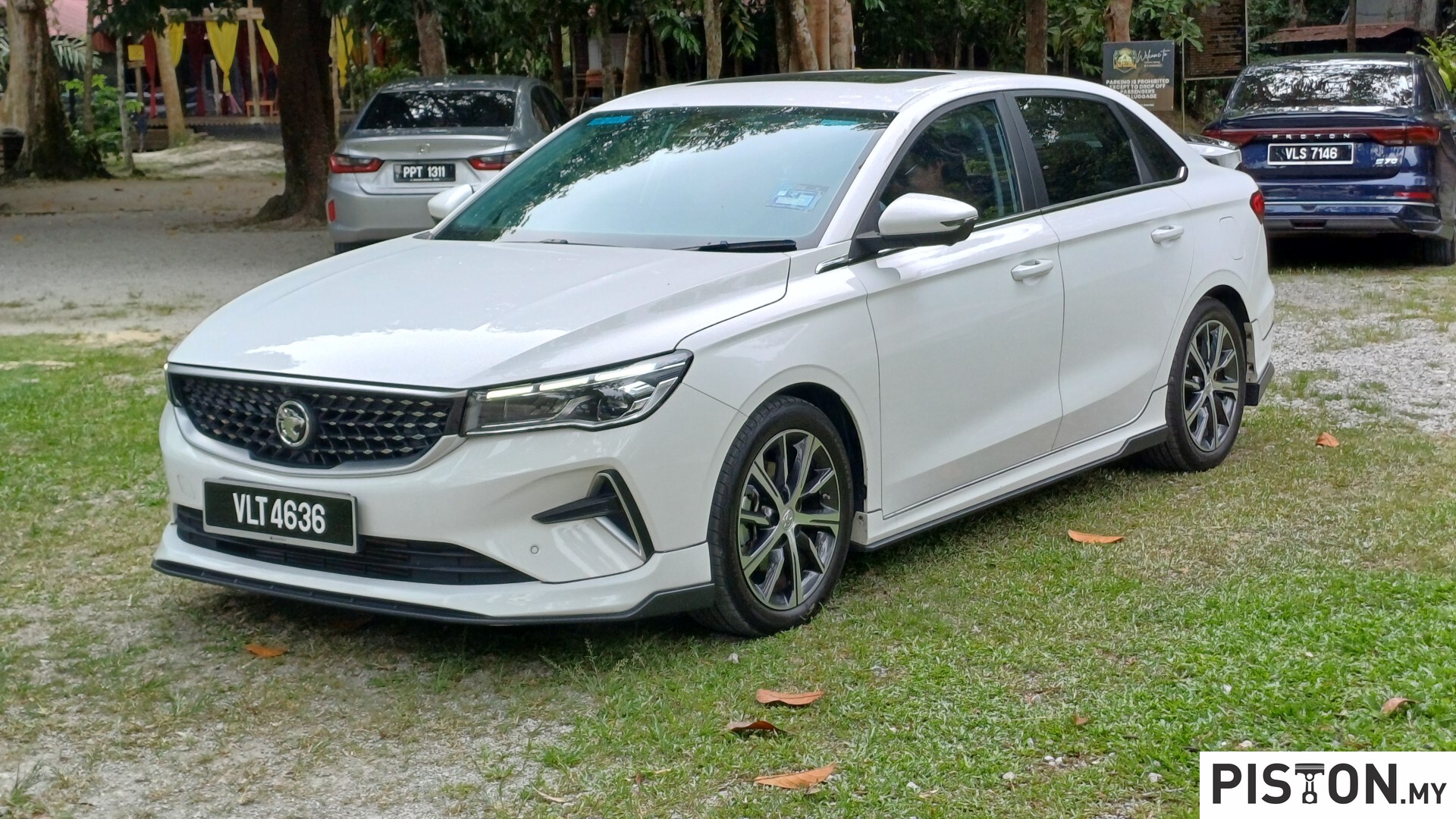
Model SUV segmen-B Proton adalah satu lagi pilihan popular yang berterusan di kalangan pembeli kereta. Dengan hampir 130,000 unit terjual sejak pelancarannya pada Oktober 2020, Proton X50 terus melebihi jangkaan dan merupakan penanda aras emas untuk kejayaan jualan.
Proton X90, model utama Proton, terus mendominasi jualan SUV segmen-D, manakala Proton X70 mencatatkan jualan sebanyak 746 unit pada bulan Februari. Proton Saga terus mendominasi jualan semua model Proton dengan 5,024 unit terjual bulan lepas, sementara model-model lain seperti Proton Persona dan Proton Iriz masing-masing mencapai 1,323 dan 283 unit.
Seiring dengan peningkatan jualan, bulan Februari juga membawa perkembangan baru kepada operasi eksport Proton. Pada minggu terakhir bulan Februari, versi CKD Proton Saga pemanduan kiri (LHD) mula dikeluarkan dari barisan pemasangan di fasiliti Ezz Elarab Elsewedy Automotive Factories (ESAF) di Mesir. Kenderaan yang dihasilkan oleh ESAF akan memenuhi keperluan pelanggan di Mesir dan Afrika Utara, sekaligus membina landasan bagi pengembangan pasaran di masa depan.
(more…)

